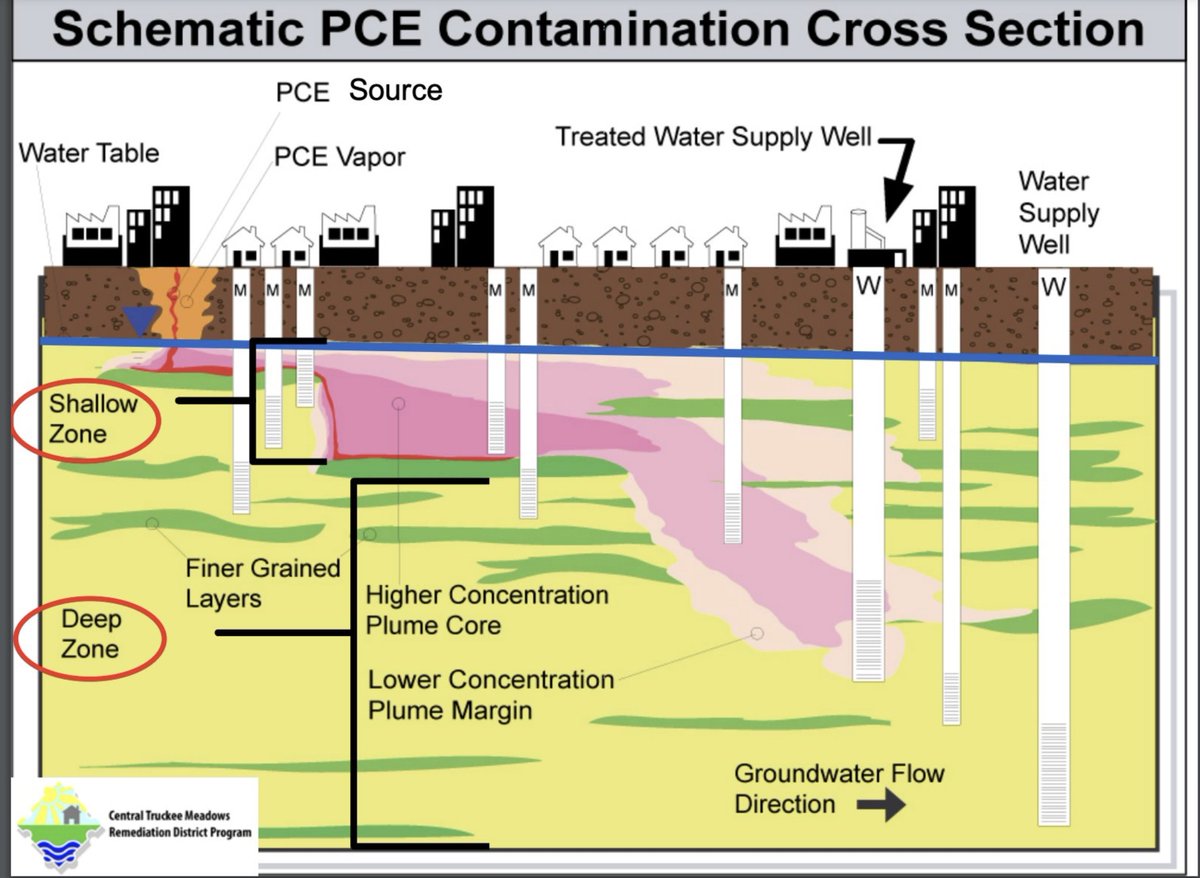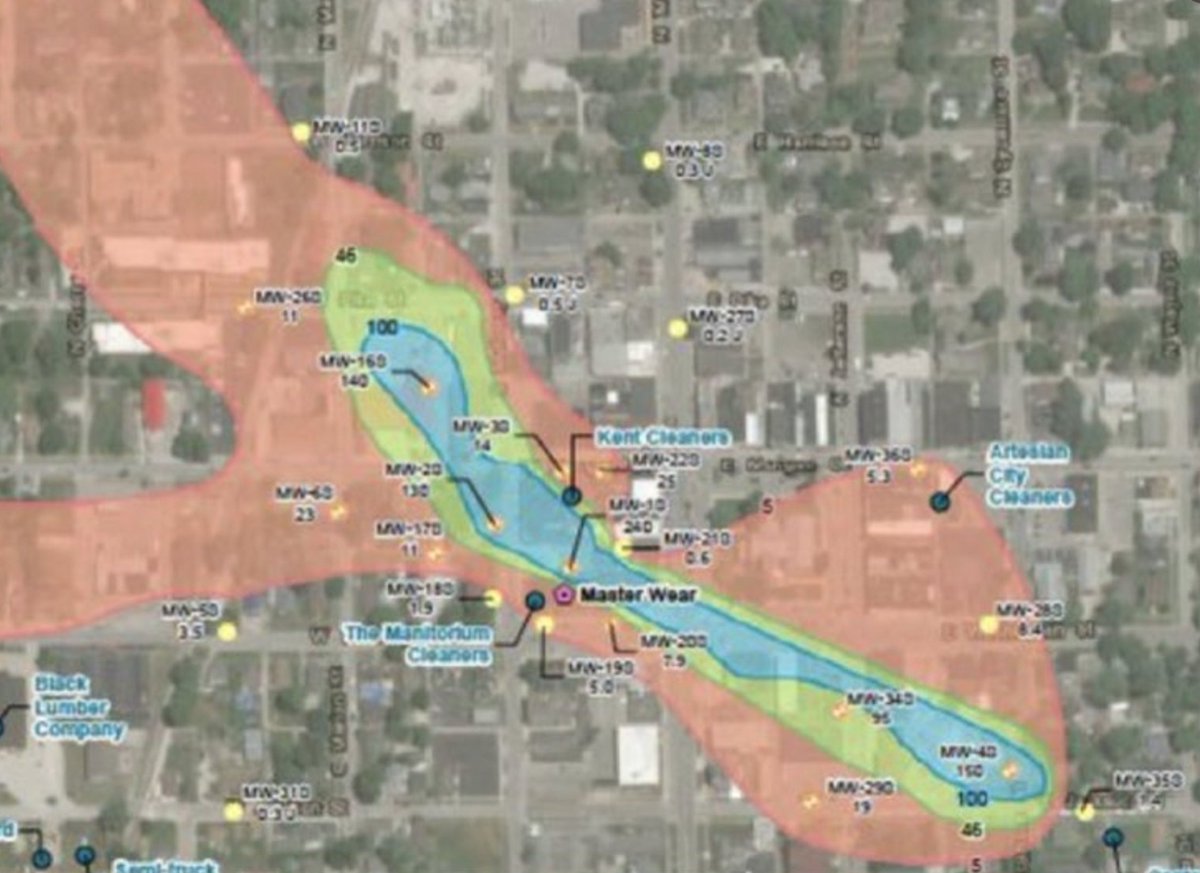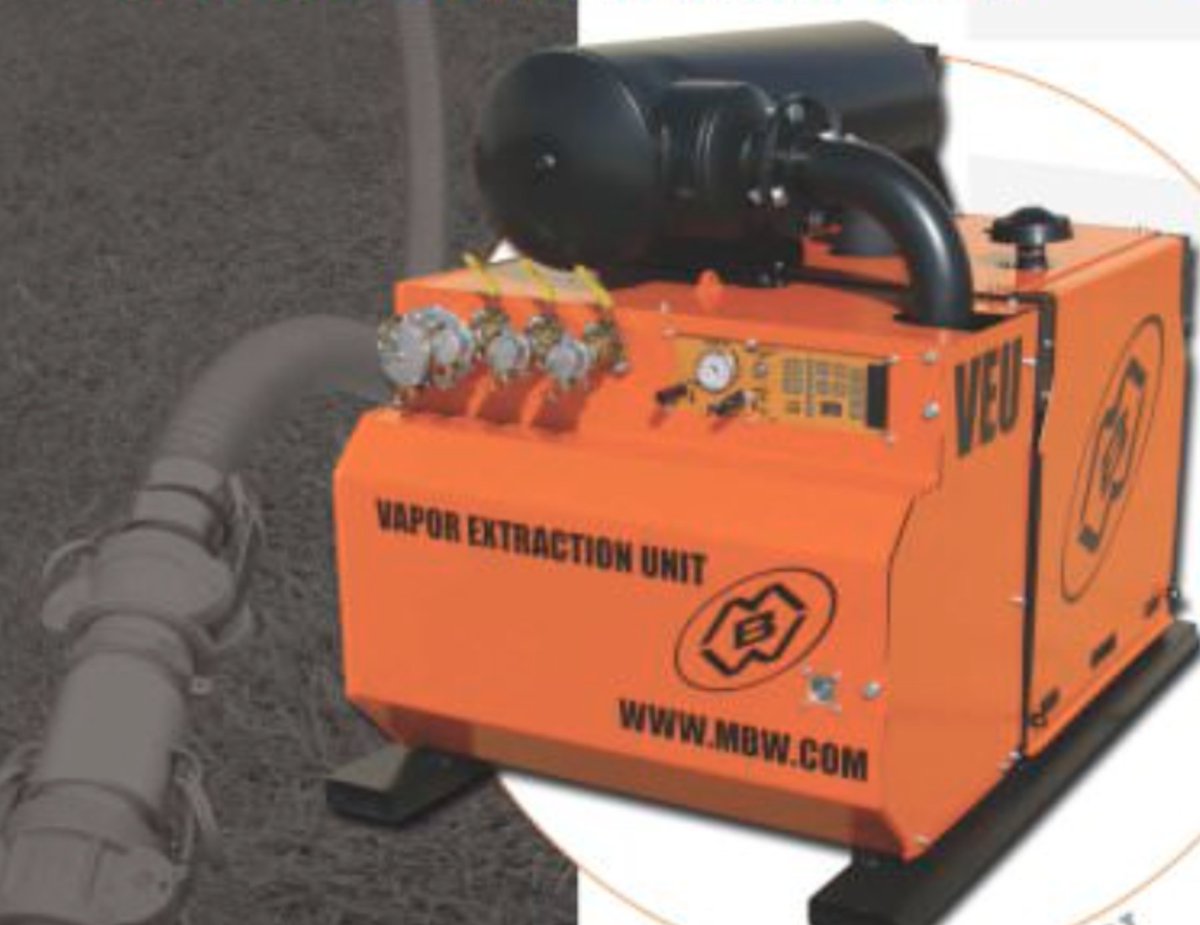No More Hustleporn: Drycleaners, their devastating impact on our communities that nobody talks about, and a solution:
Tweet by StripMallGuy
https://twitter.com/realEstateTrent
@realEstateTrent:
Drycleaners, their devastating impact on our communities that nobody talks about, and a solution:
As a strip mall owner, I've dealt with this issue for 15 years, and I'd like to address it here.
Hope this gets Retweeted so we save lives!
Since the 1930s, the
@realEstateTrent:
Chemical known as tetrachloroethylene (PERC, or ‘PCE’), became the most frequently used dry cleaning solvent in the US.
When in-shop machines were invented, drycleaners could do all the cleaning right there at the strip mall, instead of having to ship clothes off to a factory.
@realEstateTrent:
This is where the problems began, and almost all strip malls that have ever housed a drycleaner plant are now contaminated. Yup, you heard that right.
1)What exactly is PCE?
@realEstateTrent:
PCE is a colorless, dense liquid.
It dissolves grease in fabric without damaging it.
The Environmental Protection Agency (EPA) has classified PCE as a likely human carcinogen.
@realEstateTrent:
It’s been associated with cancers such as non-Hodgkin lymphoma, bladder cancer, multiple myeloma, as well as impaired cognitive and motor neurobehavioral performance, and countless other nasty outcomes.
@realEstateTrent:
(Let's stop here for a moment and note that (in my opinion) most strip malls DO NOT have this issue.
This thread refers to strip malls that have had drycleaner plants as tenants at some point)
@realEstateTrent:
2) How do we get exposed?
PCE in soil and groundwater evaporates, enters the indoor air of buildings, and impacts its occupants.
Yes, if there was EVER a drycleaner plant at a strip mall, there's a good chance people are breathing in the PCE, even if it was spilled decades ago.
@realEstateTrent:
3) Does it ever go away on its own?
No. It's resistant to natural breakdown.
How exactly does it get in the soil and groundwater if it’s supposed to be used only in the dry cleaning machine?
@realEstateTrent:
It was very common for the PCE to be improperly disposed of.
One shot-glass of PCE going into a sewer or onto the ground, and the damage has been done.
Forever.
You can bet that some employee, at some point, didn’t dispose of some small amount properly.
@realEstateTrent:
4) How does a small spill cause “forever” damage?
PCE is a heavy chemical.
Once it’s spilled, it'll find its way to the soil, then down to the groundwater.
Once it reaches the groundwater, it'll flow in the direction of the groundwater, and basically go all over the place.
@realEstateTrent:
Yes, it will go onto other properties as well.
It’s much heavier than water and will continue to sink lower, past the water table.
The liquid then turns into a gas, expands all over the place, and then is released UP into buildings, and into the atmosphere over time.
@realEstateTrent:
The liquid then turns into a gas, expands all over the place, and then is released UP into buildings, and into the atmosphere over time.
Yes, this means the chemical is commonly beneath strip malls (and surrounding properties in many cases).
@realEstateTrent:
It's slowly making its way back up to the soil as we speak, through cracks in the concrete, etc and into the indoor air we breathe.
Here is a diagram that illustrates this, in a nutshell:

@realEstateTrent:
5) There are many examples of this in our communities, but the vast majority aren’t discussed.
Here is one example that did make it into the public eye:

@realEstateTrent:
6) How do we clean the sites?
There really aren’t great technologies out there that actually clean these sites, and what’s been the most successful has been to completely dig up the area (destroying the properties completely).
@realEstateTrent:
I recently spoke to strip mall owner who received a cleanup estimate of $2.3M!
And this is not even a guarantee of the site actually getting cleaned, and does not include costs associated with the contamination of neighboring properties.
@realEstateTrent:
7) Why aren’t we aware of all the sites that are contaminated?
The way things currently work, an owner who isn't trying to sell/refinance isn’t going to set off alarms, and people are going to keep breathing the PCE chemical in through the indoor air.
@realEstateTrent:
Lenders and sophisticated buyers ALWAYS order what’s called a Phase 1 Environmental report.
This basically means a third-party geologist conducts deep historical research to determine if there was EVER a drycleaner plant within a strip mall.
@realEstateTrent:
They check Sanborn maps, city permits, old directories, etc.
If a drycleaner existed, even for a short period, you probably have an issue.
If it’s determined that a drycleaner plant existed, a “Phase 2” is usually recommended.
@realEstateTrent:
This means that (for $10k and more, usually), the geologist uses soil borings to essentially suck in and test the “soil gas” beneath the ground for traces of PCE.
If there was ever a drycleaner plant, you can bet those samples are likley going to come out “hot.”
@realEstateTrent:
At this point the owner has a mess on his/her hands.
The geologist then reports the finding to government agency that has the local jurisdiction (this can be the waterboard, the county, etc.)
@realEstateTrent:
Once the agencies get the data, they heavily pressure the owner into addressing the issue, which begins a process which consists of an expensive and often never-ending cat and mouse game.
If you don’t abide by the agency deadlines, heavy fines can be (and are) imposed.
@realEstateTrent:
Trouble is, it’s often physically impossible for the owner to truly solve the problem.
THEREFORE, property owners who suspect or find out they have had a drycleaner plant simply don’t sell or re-finance their property.
@realEstateTrent:
Their property is practically worth nothing more than the cashflow it generates, as the cleanup cost can be higher than the asset value.
Not to mention potential liability from offsite contamination.
This is a lose-lose for everyone.
@realEstateTrent:
The tenants and customers are breathing in PCE, the owner can’t sell the property, it remains contaminated, and a new buyer can’t come in to update the site.
These strip malls just sit there and deteriorate – you’ve seen them.
But, there might be some good news.
@realEstateTrent:
8) THE GOOD NEWS!
While true cleanup of a site is nearly impossible, removing the ongoing danger is very simple!
Installing a simple Soil Vapor Extraction system dramatically reduces the amount of PCE found in the indoor air, and fast.
@realEstateTrent:
Simply put, this consists of placing a few pipes/tubes (wells) in the ground in some areas, and connecting them to a vacuum pump.
This creates a strong vacuum that pulls air/gas underneath the property and sucks it up through the pipe and safely releases it into the atmosphere.
@realEstateTrent:
These machines are not expensive to install, monitor, and maintain, and they have a big and fast impact on indoor air.

@realEstateTrent:
9) A WIN-WIN solution.
Because property owners have no idea what a potential mess they are about to get themselves into by “coming out of hiding,” here is what I propose:
@realEstateTrent:
The EPA introduces a PCE Safe Harbor Program --
Any property owner who agrees to install and maintain a vapor extraction system, and to sample and report the indoor air quarterly, is exempt from needing to initiate a cleanup (which is impossible to do anyway).
@realEstateTrent:
Let’s save some lives!!
Please ReTweet, and thank you for reading all the way to the end!